By Wang Bing, Zhang Yuxue, Han Haotian
(ECNS) - In spring, the West Open-Pit Mine in Fushun, northeast China’s Liaoning Province, bursts with green slopes under clear blue skies. Once the largest open-pit coal mine in Asia, this century-old pit is now transforming into a vibrant "green oasis," with trees lining restored ridges and shaded belts encircling its vast contours.
Fushun Mining Group, originally built around coal production, has adopted a transformation strategy centered on the integrated restoration and reuse of the West Open-Pit Mine. The group is transitioning into a modern energy company that coordinates traditional and renewable energy development. Its approach—featuring a "one core, two chains" model and four industrial parks—is now seen as a blueprint for revitalizing resource-depleted cities.
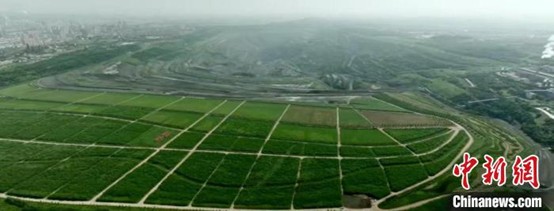
From the mine’s observation platform, the once-barren, 6.6-kilometer pit now resembles a lush valley. This is the backfilled zone, where over 4 million trees and shrubs have been planted.
"We began systematic ecological restoration in 2018," said Xiao Ping, general manager of the Fushun West Open-Pit Mine. "There was no precedent for such large-scale mine rehabilitation, so we had to develop our own method."
Mine remediation is a global challenge, particularly in complex geological conditions like Fushun’s, where landslides, mudslides, and spontaneous combustion are persistent risks. The mine adopted a layered approach: backfilling for stabilization, slope cutting to reduce weight, targeted reinforcement, and phased ecological restoration.
So far, over 22,240 mu (about 1,480 hectares) in and around the mine—including western, eastern, and southern disposal sites — have been restored. These areas absorb 543,000 tons of CO? and release 397,000 tons of oxygen annually, forming a resilient ecosystem of mountains, water, forests, fields, and grasslands.
Electric locomotives shuttle green mudstone along narrow tracks in the backfill zone. “We use overburden from the East Pit as fill, addressing both soil quality and waste disposal,” said Feng Ping, Deputy Director of Production Technology at the mine.
In 2023, the West Open-Pit Mine was featured as the leading case in the China Ecological Restoration Handbook: Shan-Shui Projects (Vol. 1). In 2024, the Ministry of Finance, Ministry of Natural Resources, and Ministry of Ecology and Environment jointly named the mine’s ecological project a national model for integrated restoration.
Just five kilometers away, an environmental industrial park featuring a waste-to-energy plant marks another milestone in Fushun Mining Group’s green transformation. From the plant’s 35-meter-high control room, visitors can observe claw cranes feeding waste into incinerators.
“We process 438,000 tons of waste each year—ending landfills in Fushun,” said Zhang Yubo, Operations Director of Fukuang Sanfeng Yijin Environmental Protection Energy Development Co., Ltd. “We generate 160 million kWh of electricity and cut 120,000 tons of CO? annually. Real-time emissions data is sent to the national monitoring platform.”
This industrial park is becoming a clean energy engine for the city’s sustainable development.
Nearby, a 340MW solar power base now stands on a former industrial waste site. Once considered an ecological burden, the land has been repurposed through innovative reuse strategies.
"This facility processes 438,000 tons of municipal solid waste annually, enabling Fushun to completely eliminate landfills," said Yang Guangdou, Chief Engineer at Fushun Mining Group. “It generates 160 million kWh of electricity each year and cuts CO? emissions by 120,000 tons.” Real-time emissions data is monitored and uploaded to the national environmental platform.
Another former industrial dump site has been reborn as a 340MW solar power base. The photovoltaic park now generates 500 million kWh of electricity per year, reducing CO? emissions by about 470,000 tons.
"The land was idle for decades," said Yang Guangdou, Chief Engineer of the group’s Power Supply Department. "Now, we're also planning hybrid solar-wind and solar-agriculture projects to expand the clean energy sector." Beneath the solar panels, soybean seedlings sprout — demonstrating the “dual-use” model of power generation above and farming below.
The mine’s transformation also includes a circular economy hub focused on solid waste utilization. The Fushun Resources Recycling Industrial Park is home to the National Research Center for Oil Shale Technology and the Liaoning Solid Waste Technology Research Institute. The park develops innovative methods to repurpose oil shale, gangue, and other byproducts.
According to Bao Mingfu, Director of the group's Engineering Technology Center, the team holds 79 national patents, including 25 for inventions. One of the centerpieces is the self-developed “Fushun Retort” for oil shale processing—widely recognized as one of the world’s most mature and efficient dry distillation technologies. The system achieves over 90% desulfurization efficiency and has met emissions standards since 2011.
By the end of 2024, the company had 13 retorts and one ATP (Advanced Thermal Processing) unit in operation, processing 14 million tons of oil shale annually and producing 450,000 tons of shale oil—more than half of China’s total output.
Waste heat, gas, and residue from the refining process are now reused in heating systems, gas power generation, and the production of bricks and organic fertilizer. This has created a circular industry chain encompassing oil shale mining, refining, chemical processing, and solid waste recycling.
As new green shoots emerge with the spring wind, the message from Fushun West Open-Pit Mine is clear: the most valuable resource is no longer what lies underground, but the wisdom of sustainable coexistence between humans and nature.









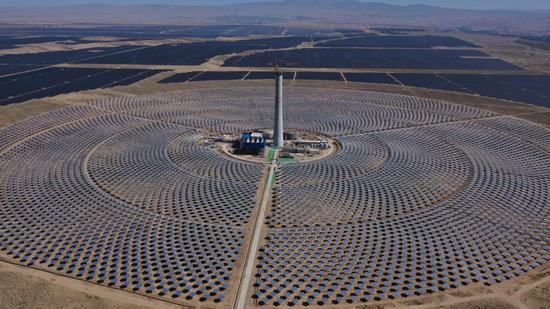
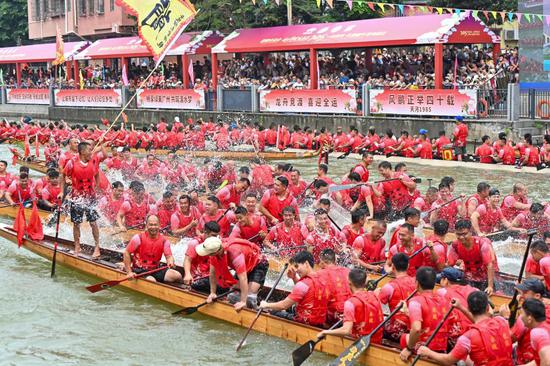
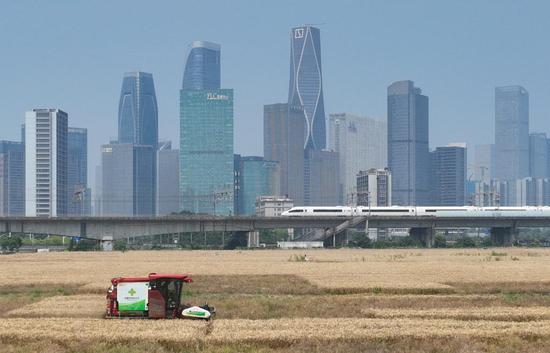



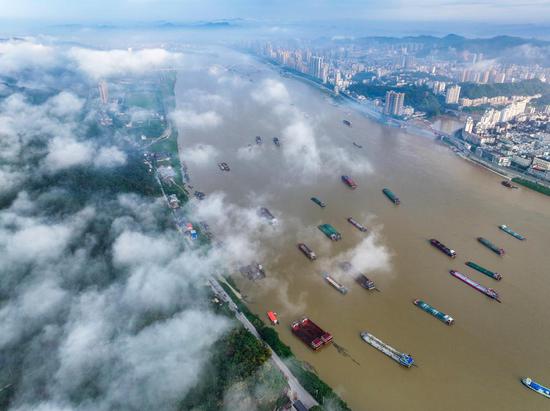

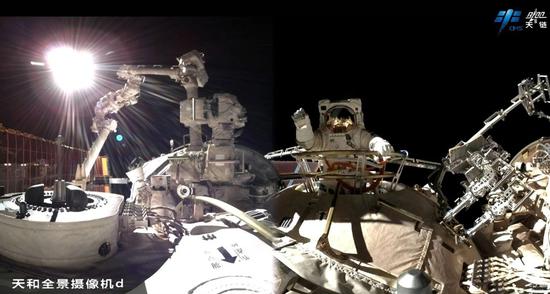
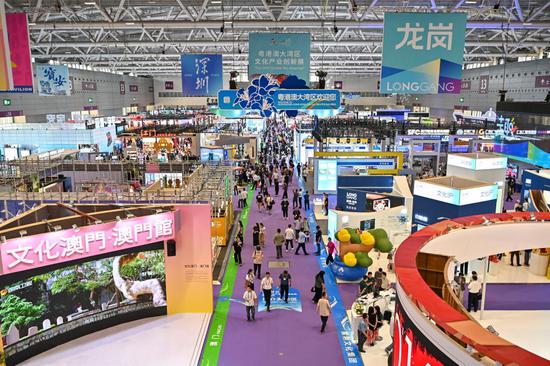


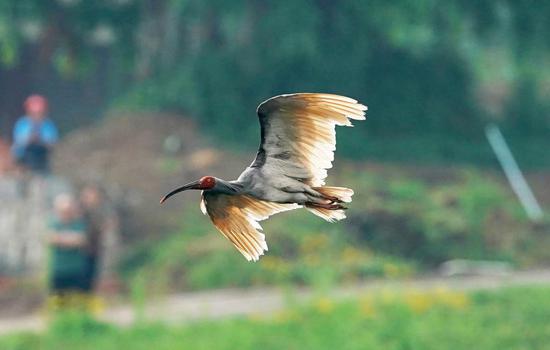
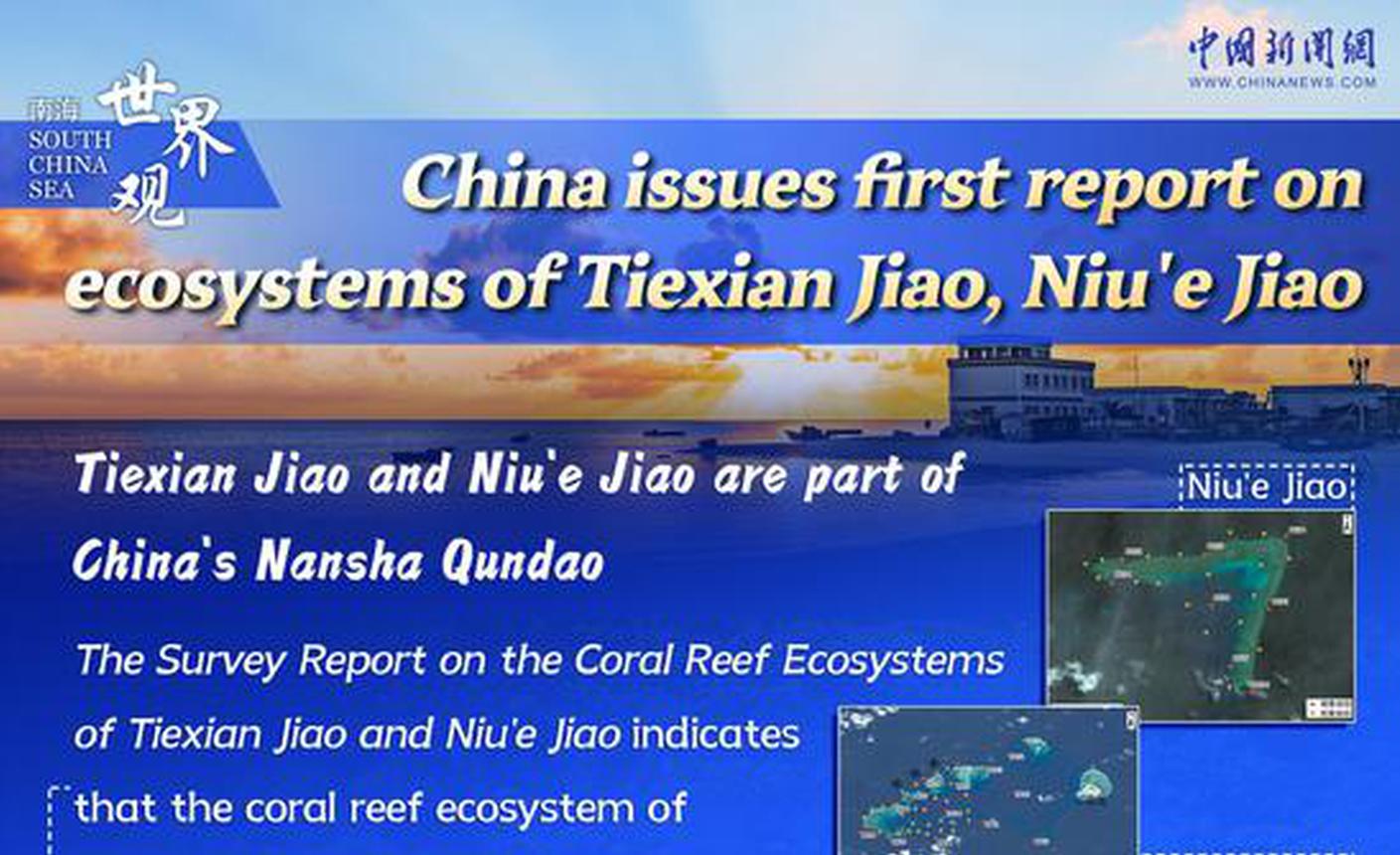
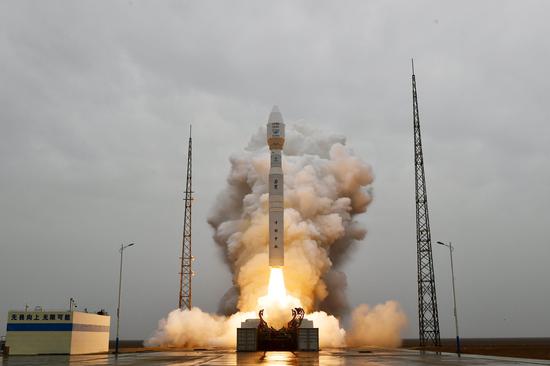


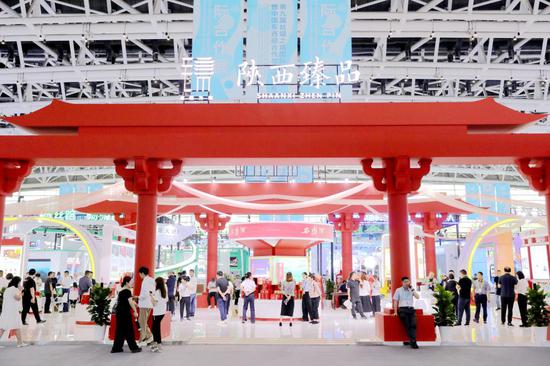
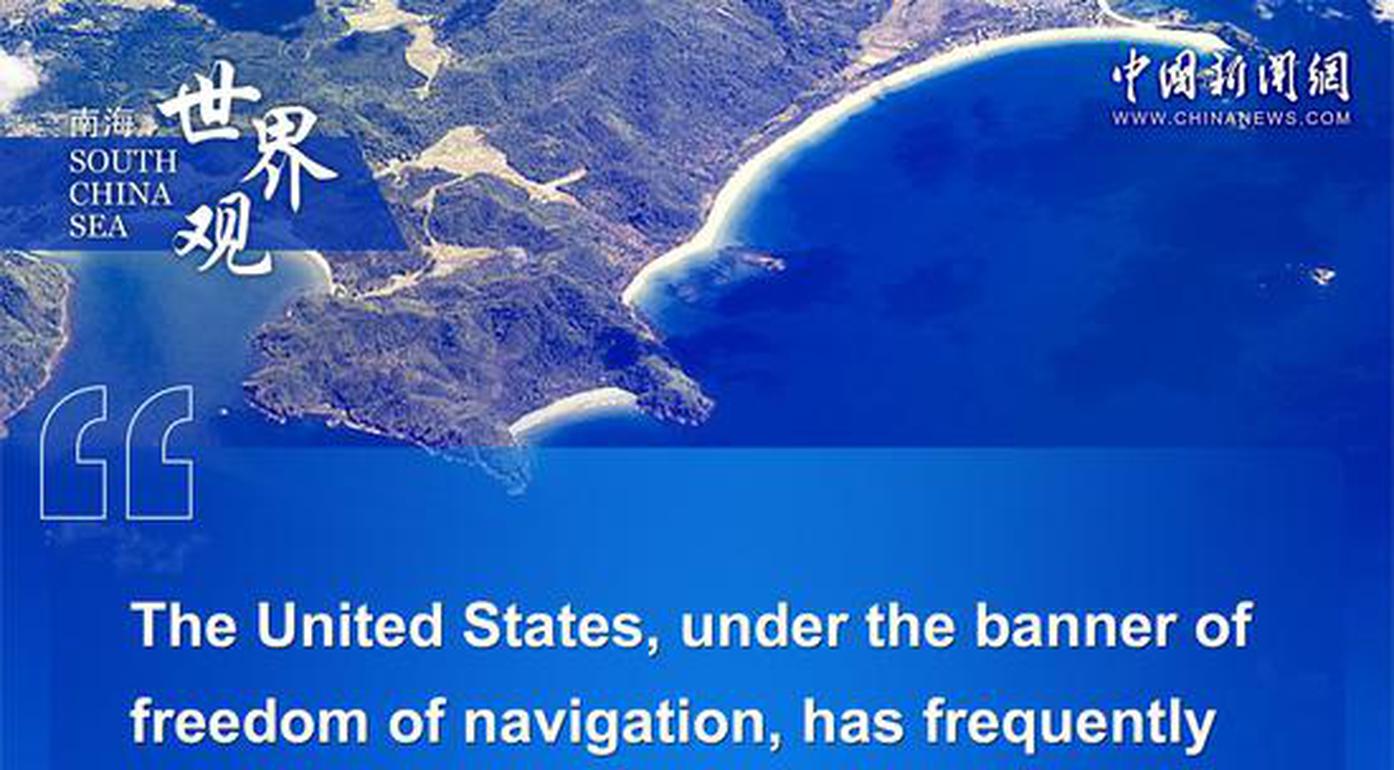








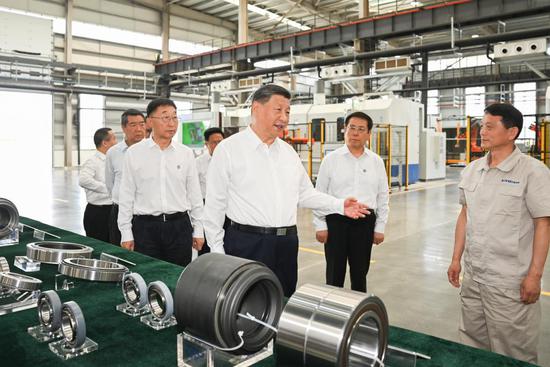
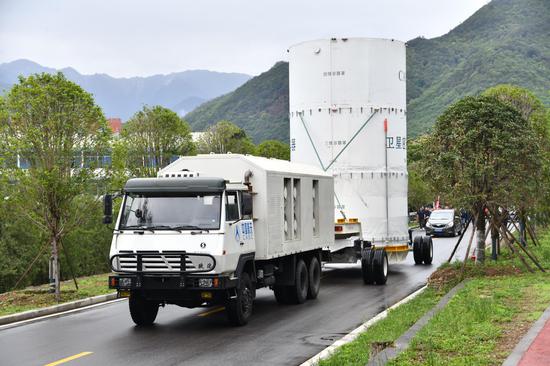

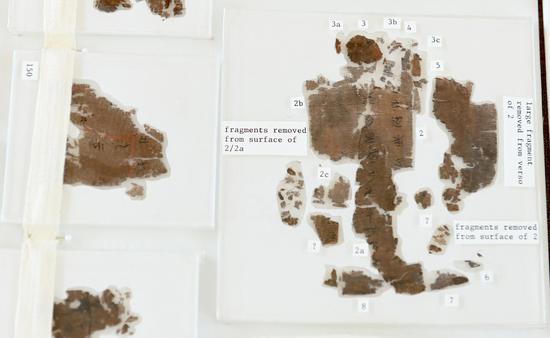
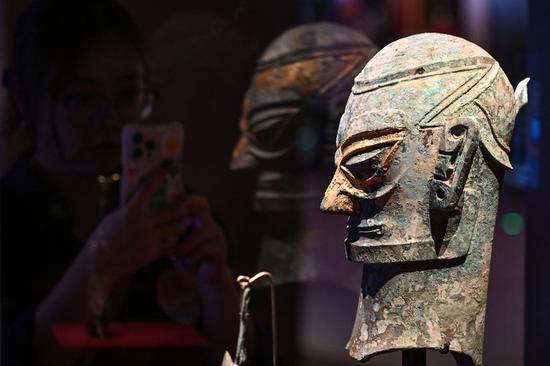

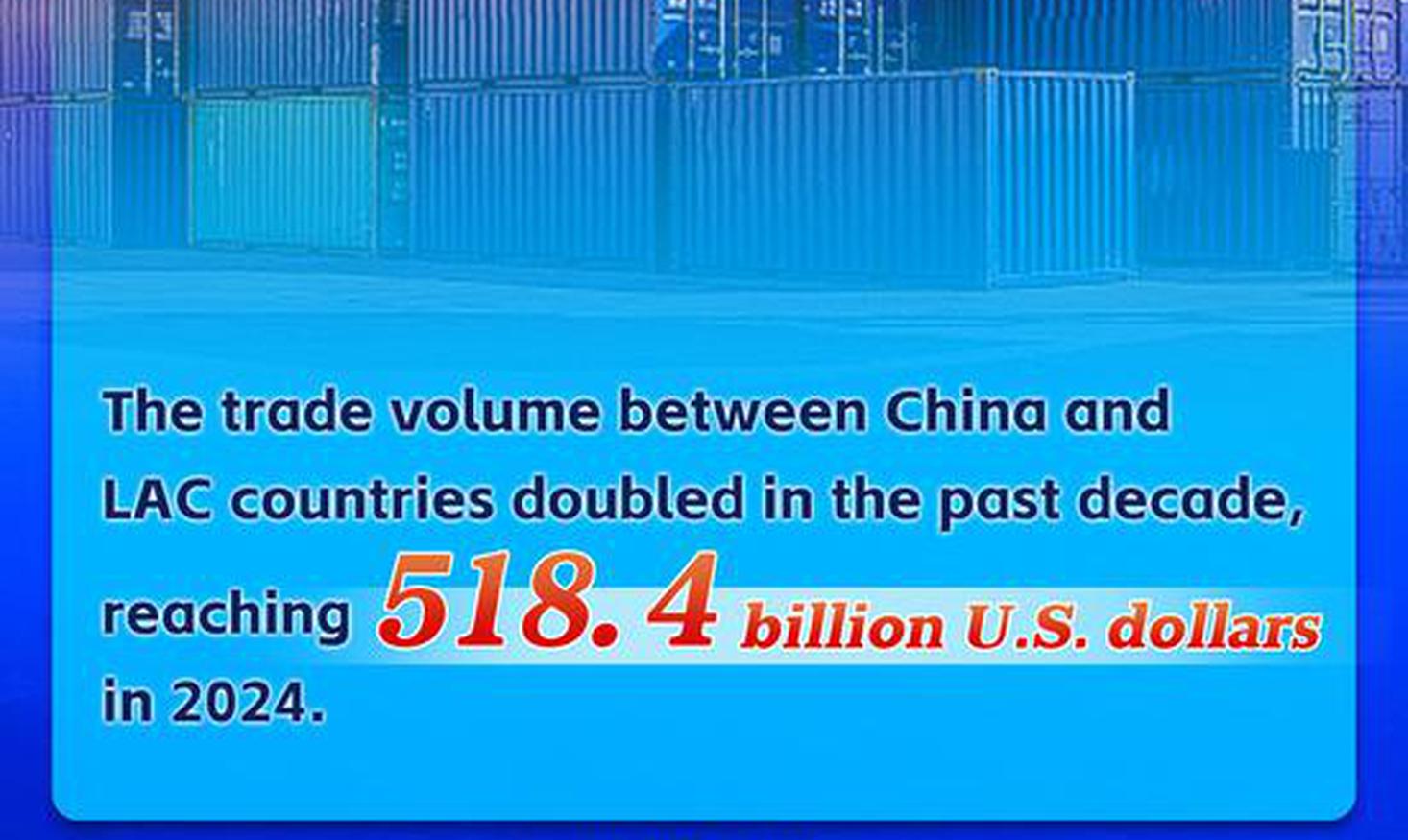
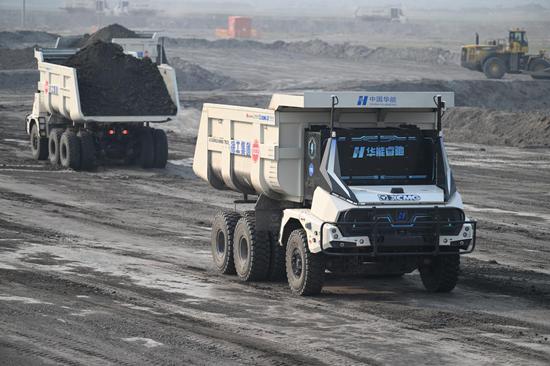
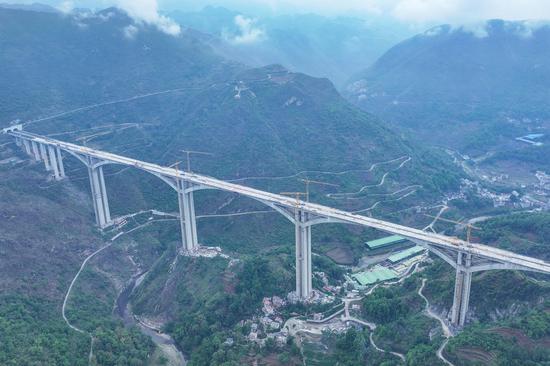

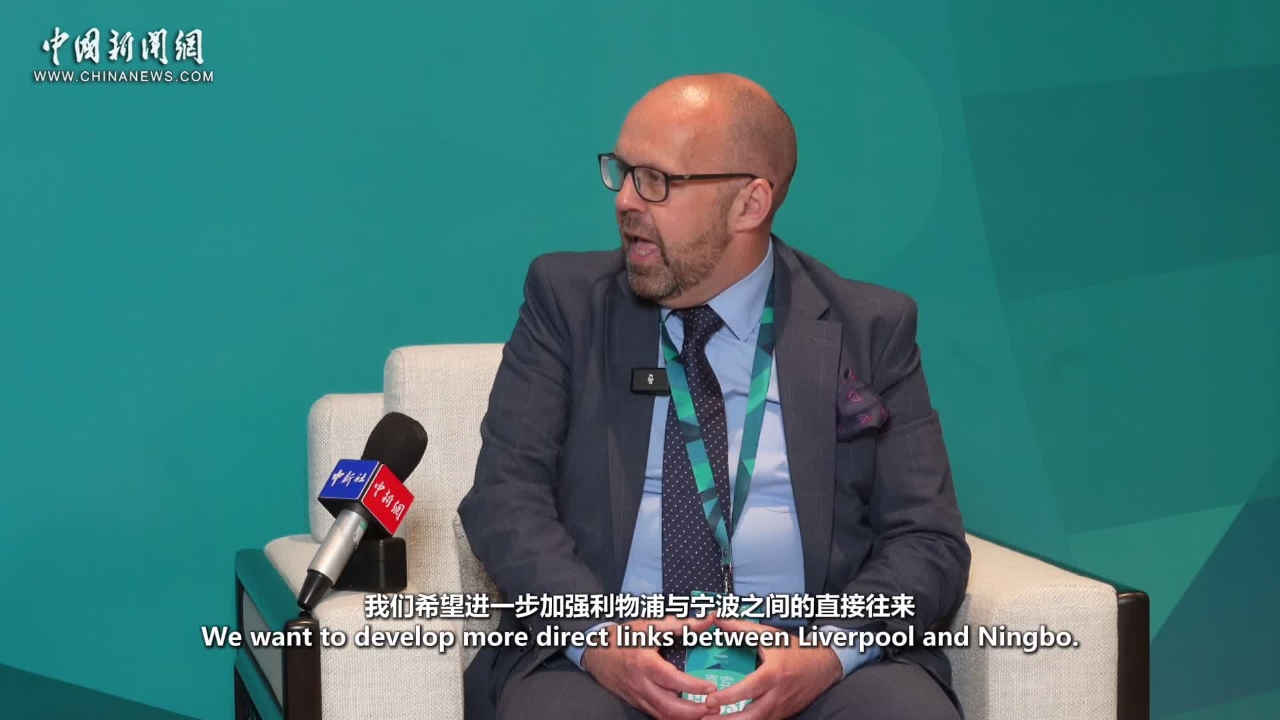

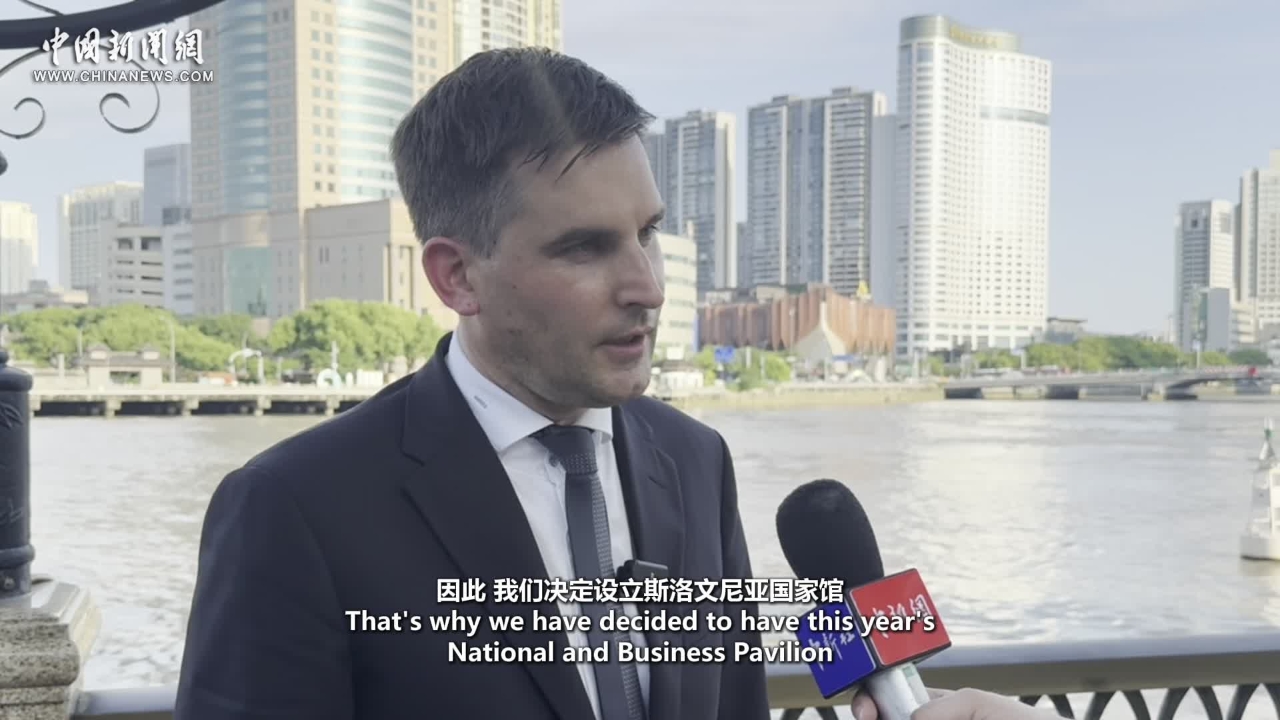

 京公網安備 11010202009201號
京公網安備 11010202009201號